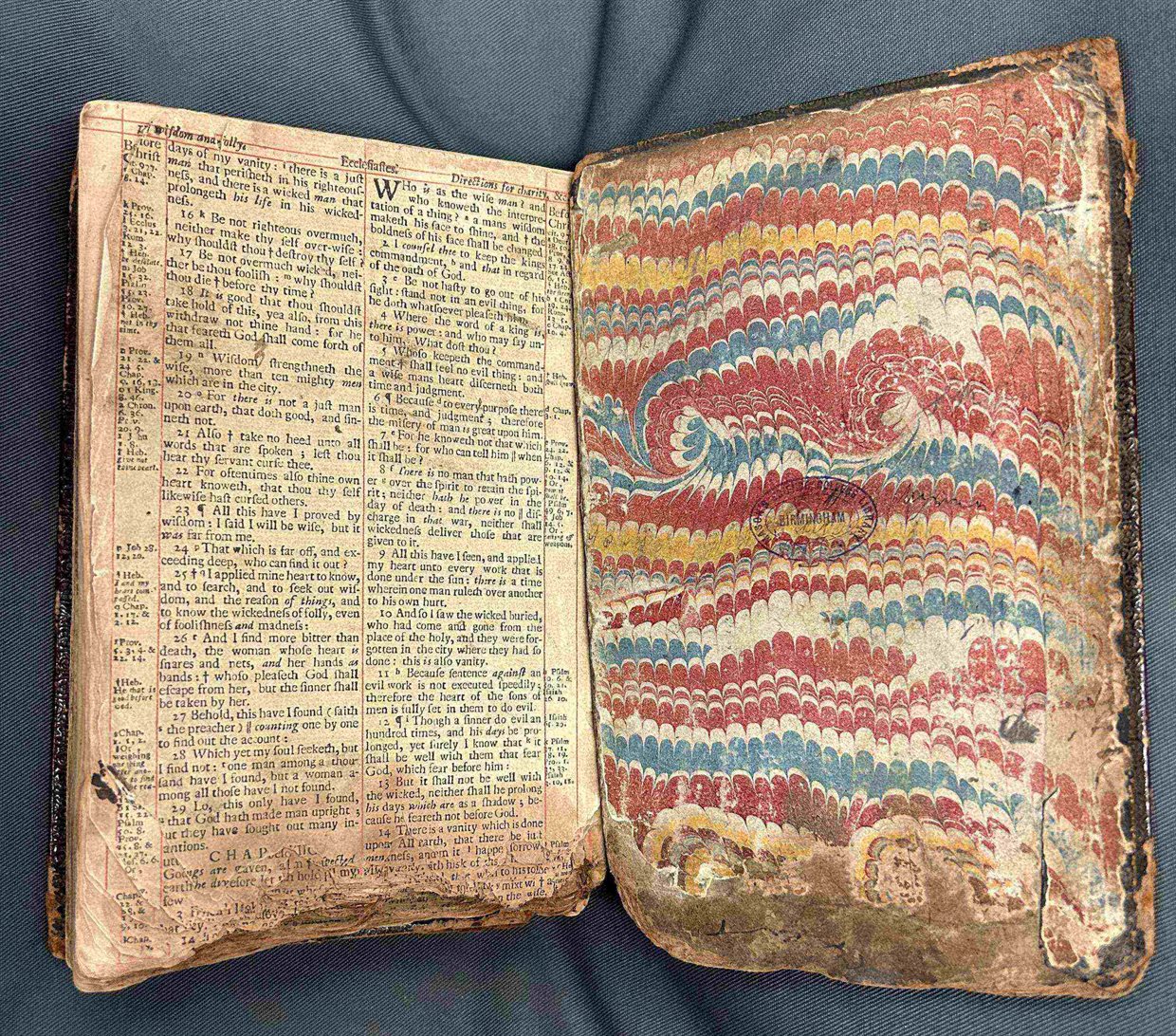On 14 July 1791 a group of leading Birmingham Nonconformists held a dinner at a hotel in Temple Row to mark the anniversary of the storming of the Bastille in Paris. An angry mob gathered outside.
The diners had to leave, and the mob turned violent. They went on to burn Noncomformist chapels and houses of leading Nonconformists and people they associated with them, such as members of the scientific Lunar Society. The violence and destruction lasted for five days and became known known as the ‘Birmingham Riots’, ‘Church and King Riots’ or the ‘Priestley Riots’ after the controversial Unitarian Minister and scientist, Joseph Priestley (1733 –1804). Priestley was an outspoken supporter of the American Revolution and French Revolutions. Priestley’s house at Sparkbrook was burned and his scientific equipment and papers were destroyed. He left Birmingham and never returned. Some of the rioters got so drunk that they died in fires they had started, and the riots went on until the militia arrived.
The riots were reported in local and national newspapers papers. You can read some of these reports such as ‘Dreadful Riots at Birmingham!’ in the Stamford Mercury, Friday, July 22, 1791 in our online newspaper archives such as British Library Newspapers : 1732-1950. Parts I-V.
Find out more about what was going on in Birmingham and the West Midlands at Revolutionary Players, a website curated by Dr Malcom Dick, University of Birmingham.
Jenny Uglow’s book 'The Lunar Men' (Faber 2002) is available in the Main Library.

The Cadbury Research Library holds a copy of the Old Testament damaged by fire during the riots.